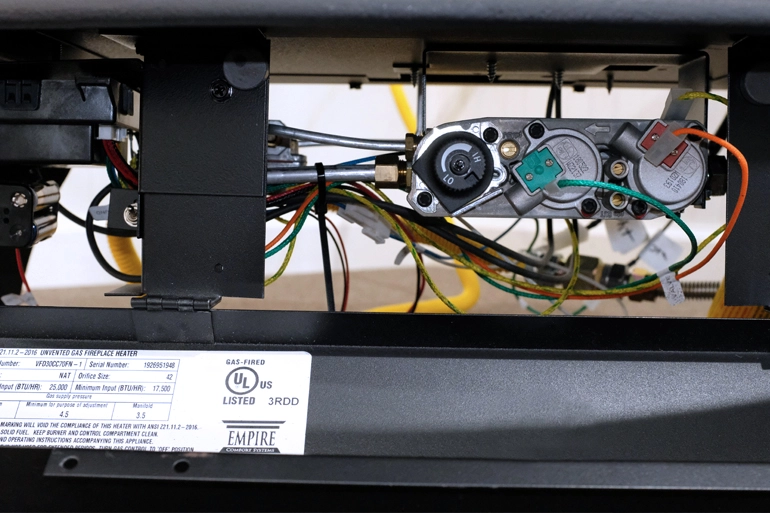Understanding Stove Ignitions: Which One is Right For You?
Another important part of your stove selection is selecting your ignition type. But now, you might ask how you determine how you want to start your fire. There are four main ignition types for stoves. They are manual, millivolt, electronic, and electric ignitors. Now, let's break down each ignition type and what they mean for you.


